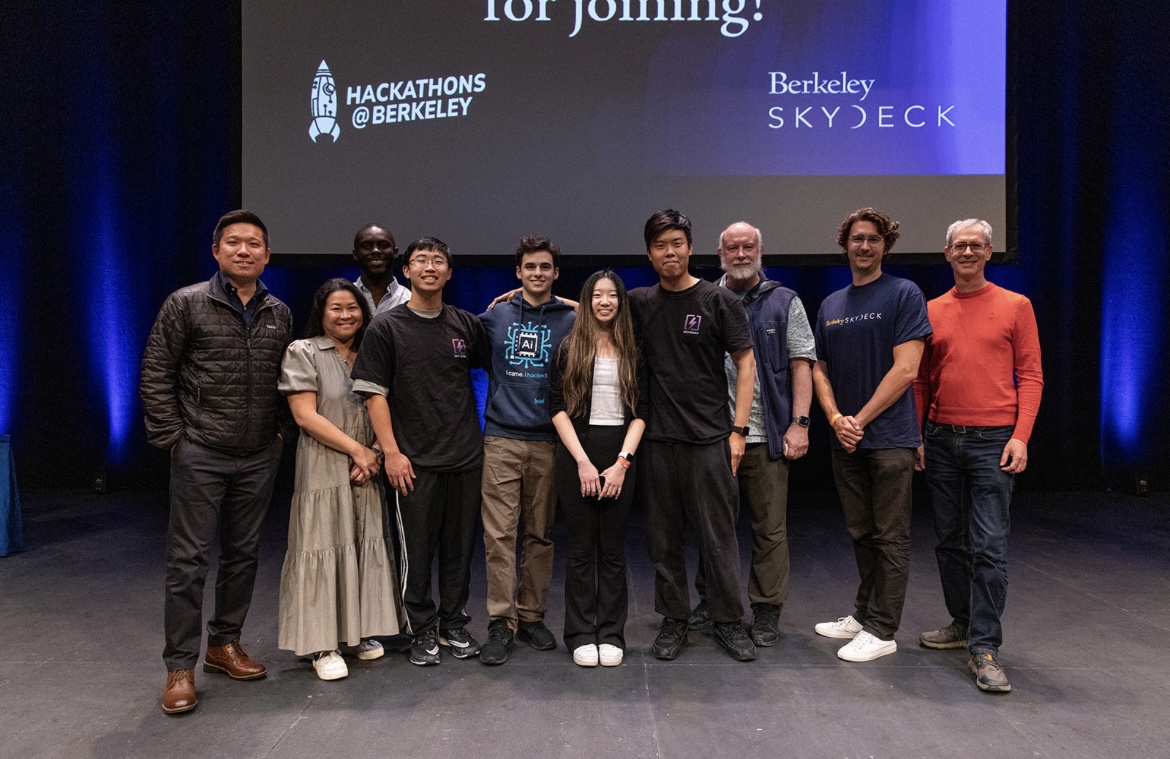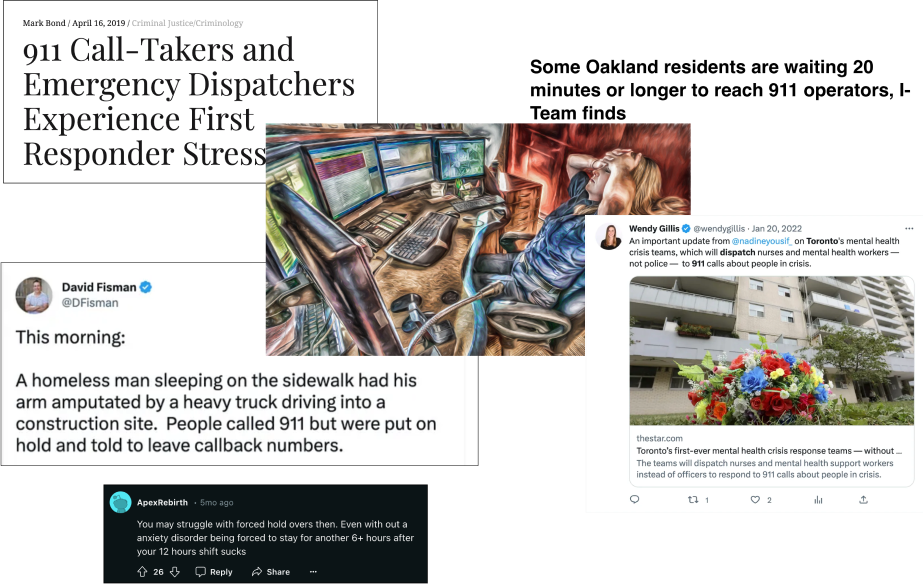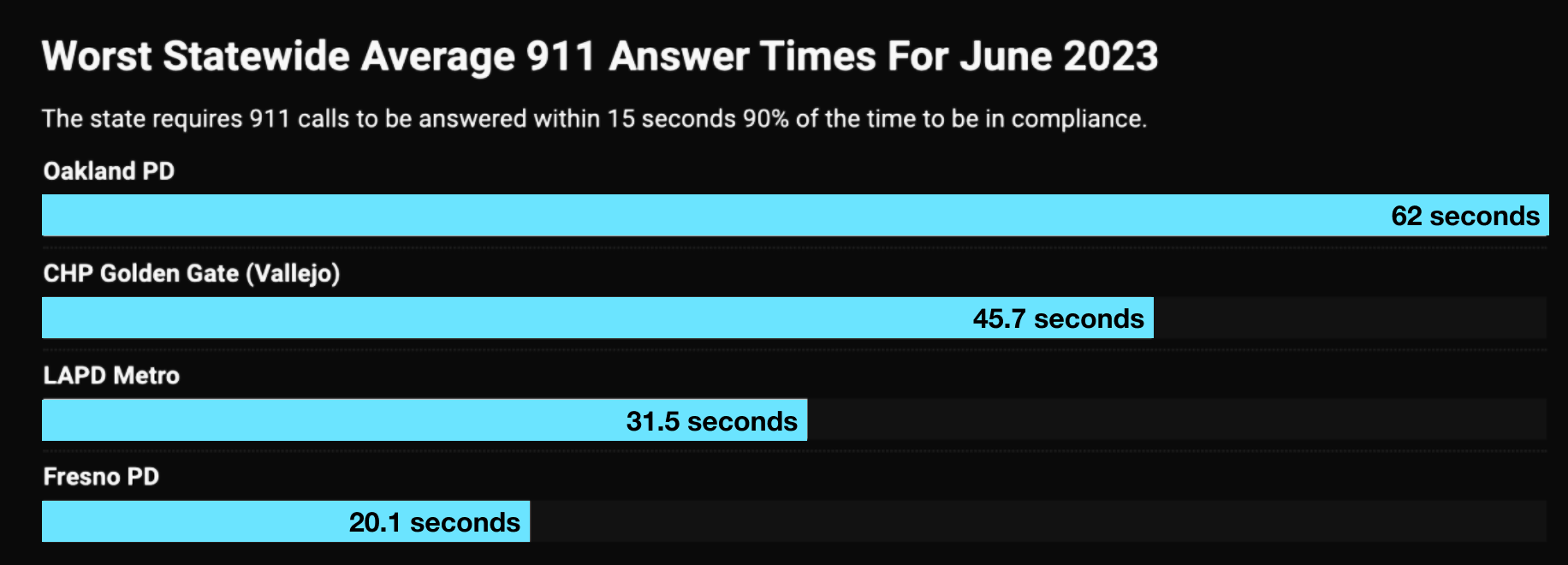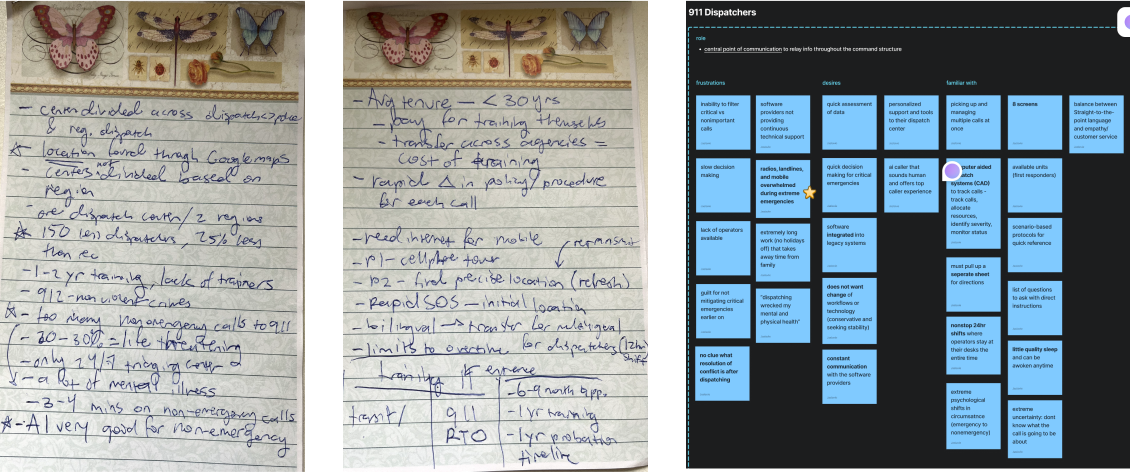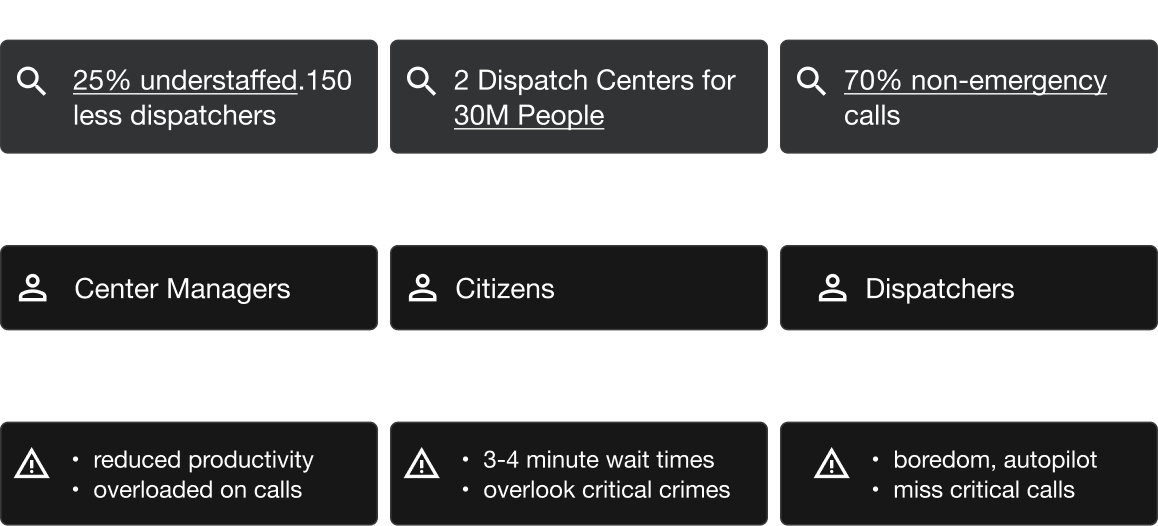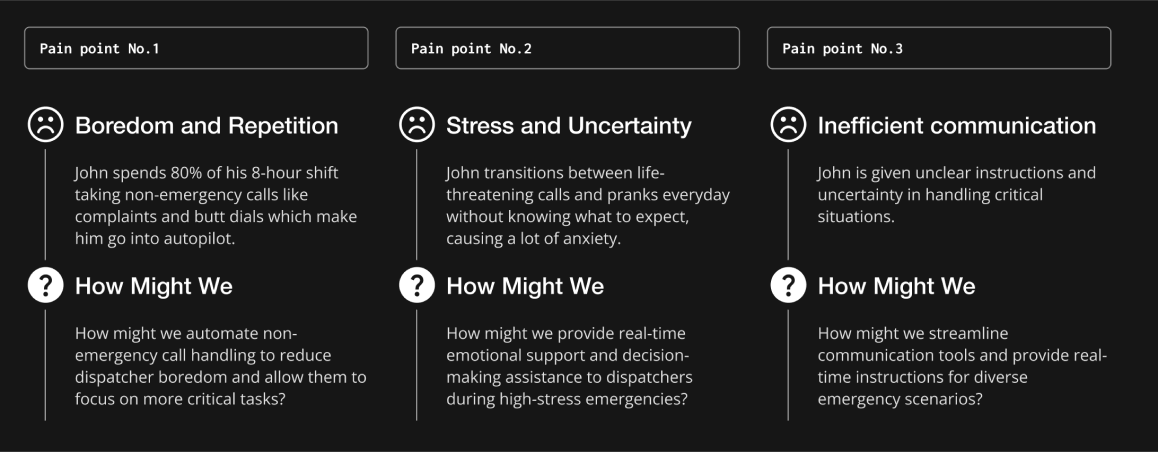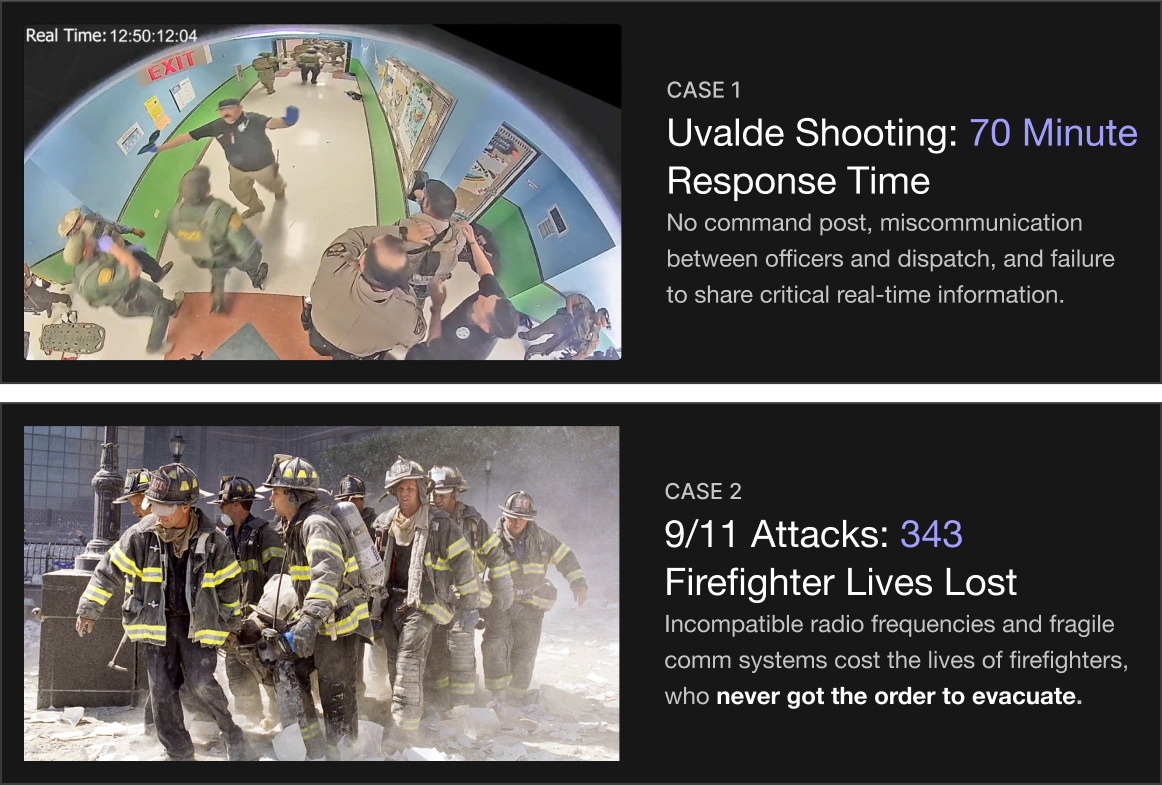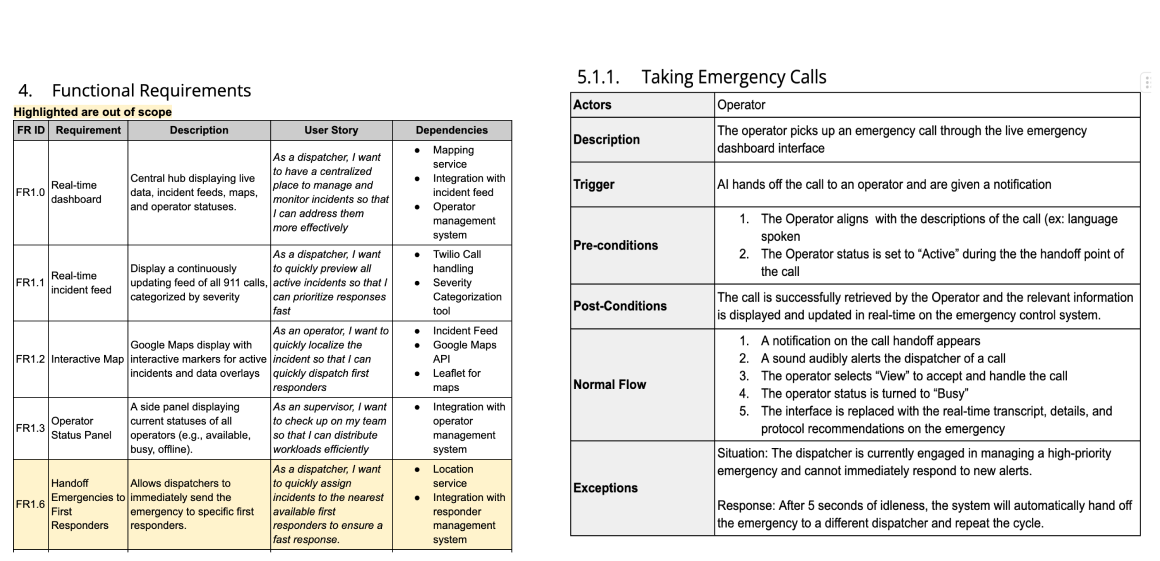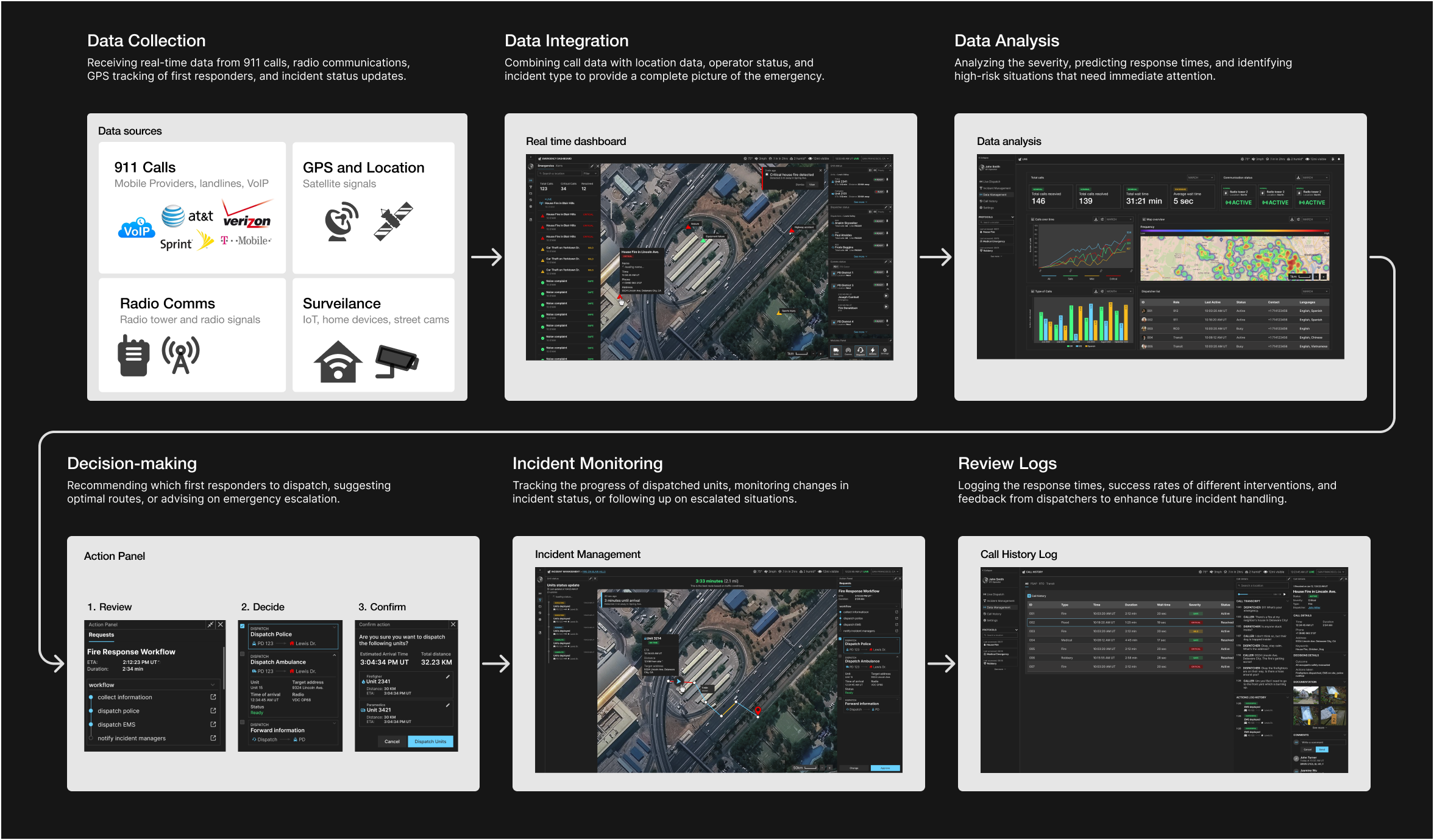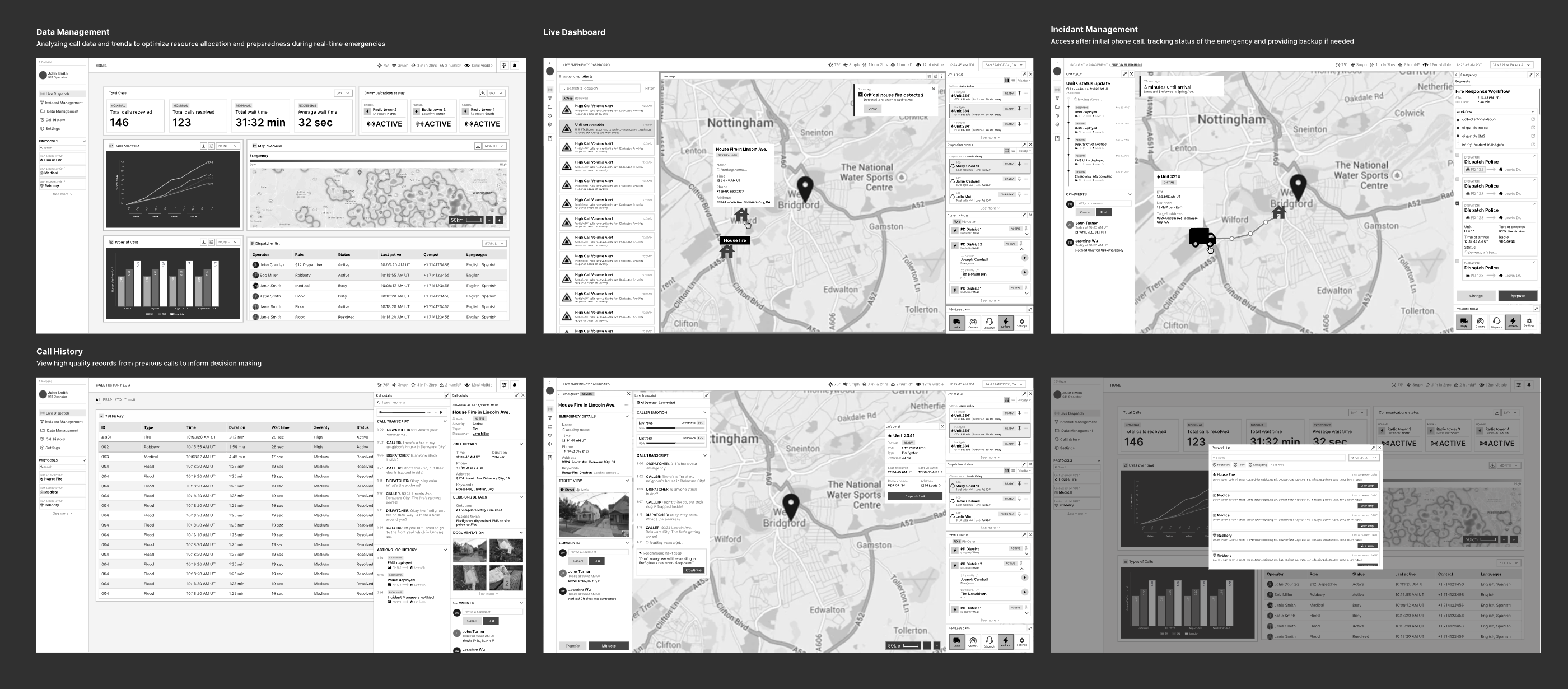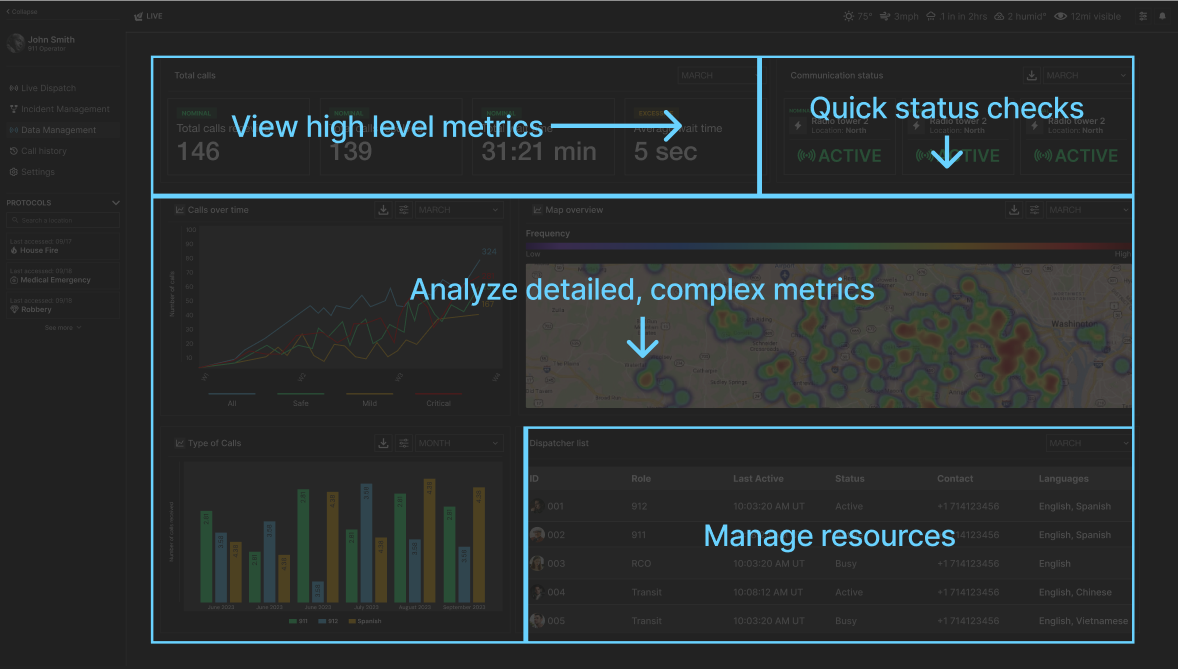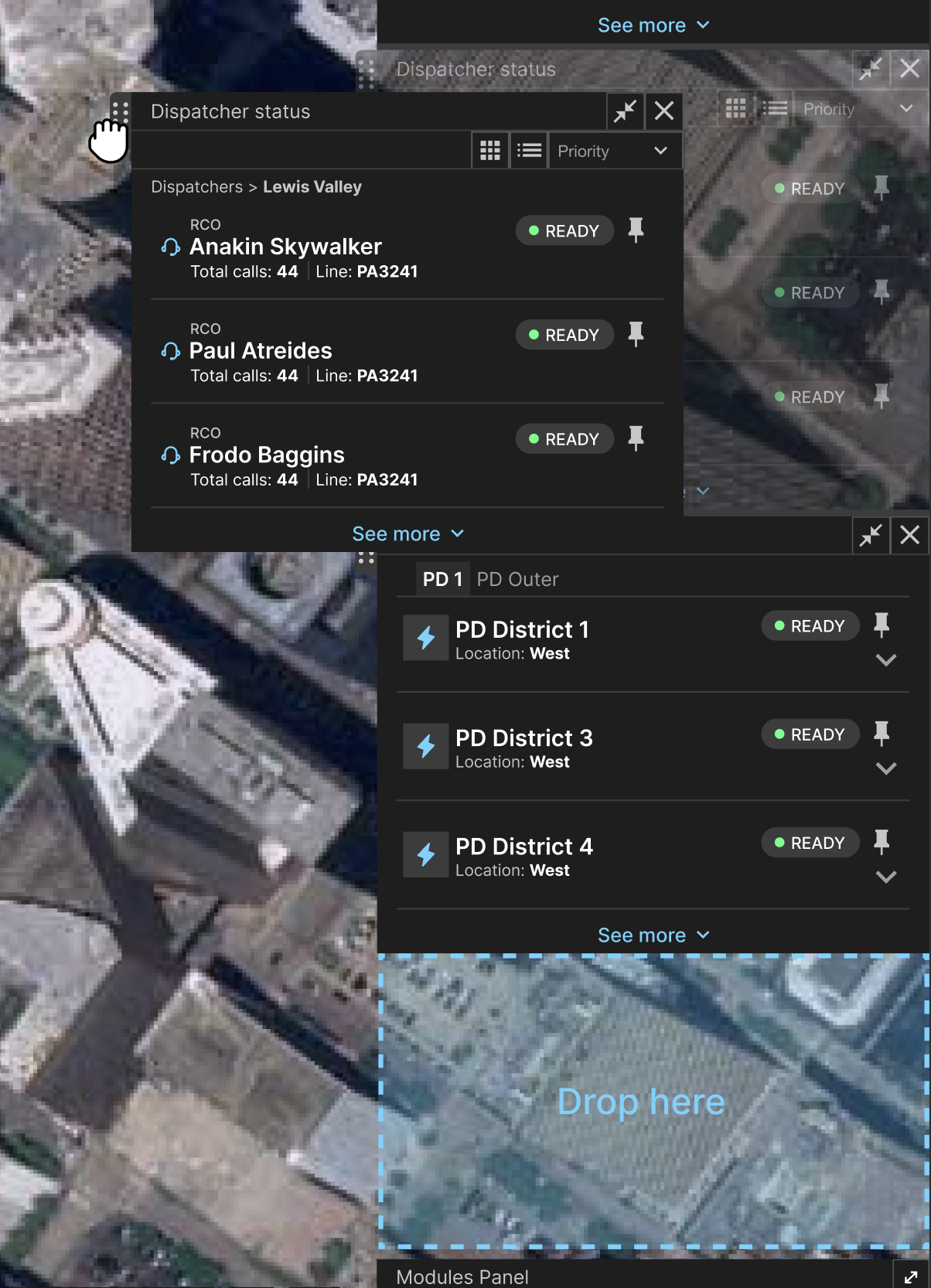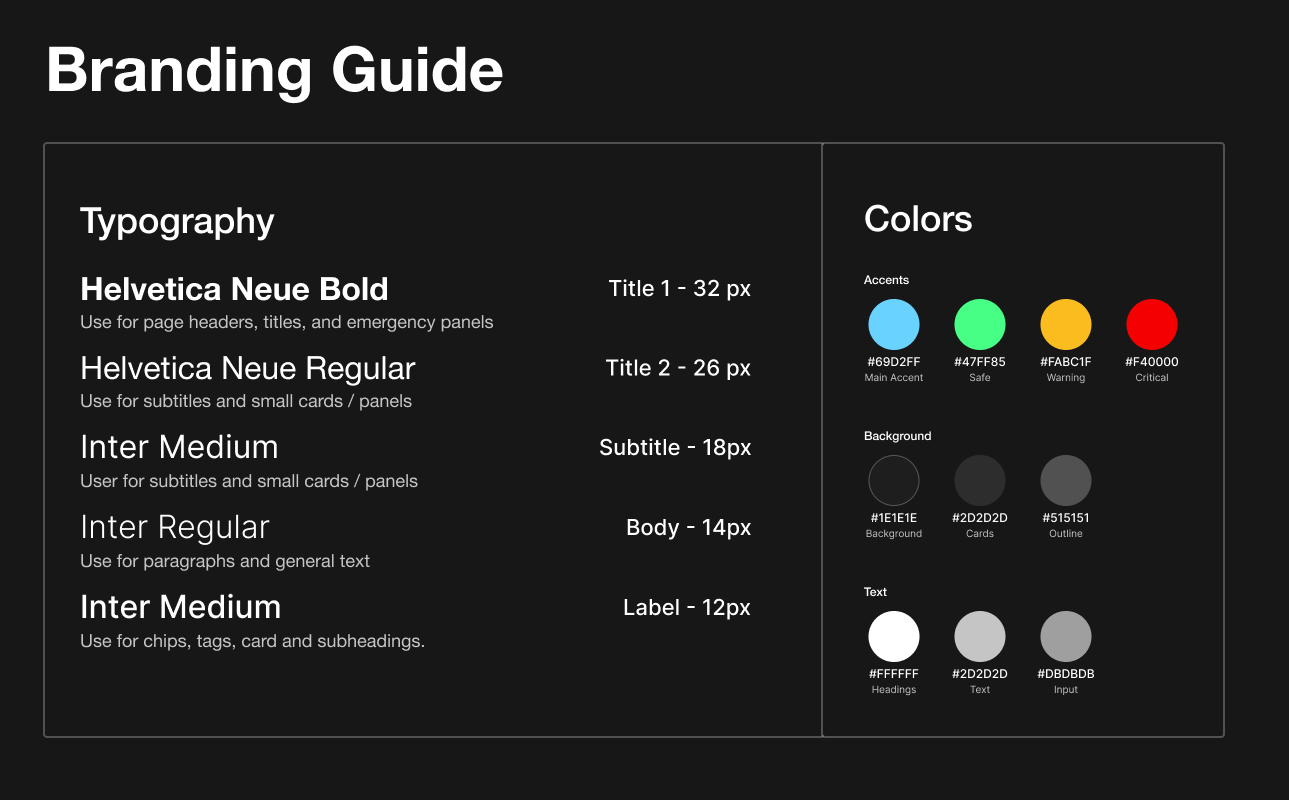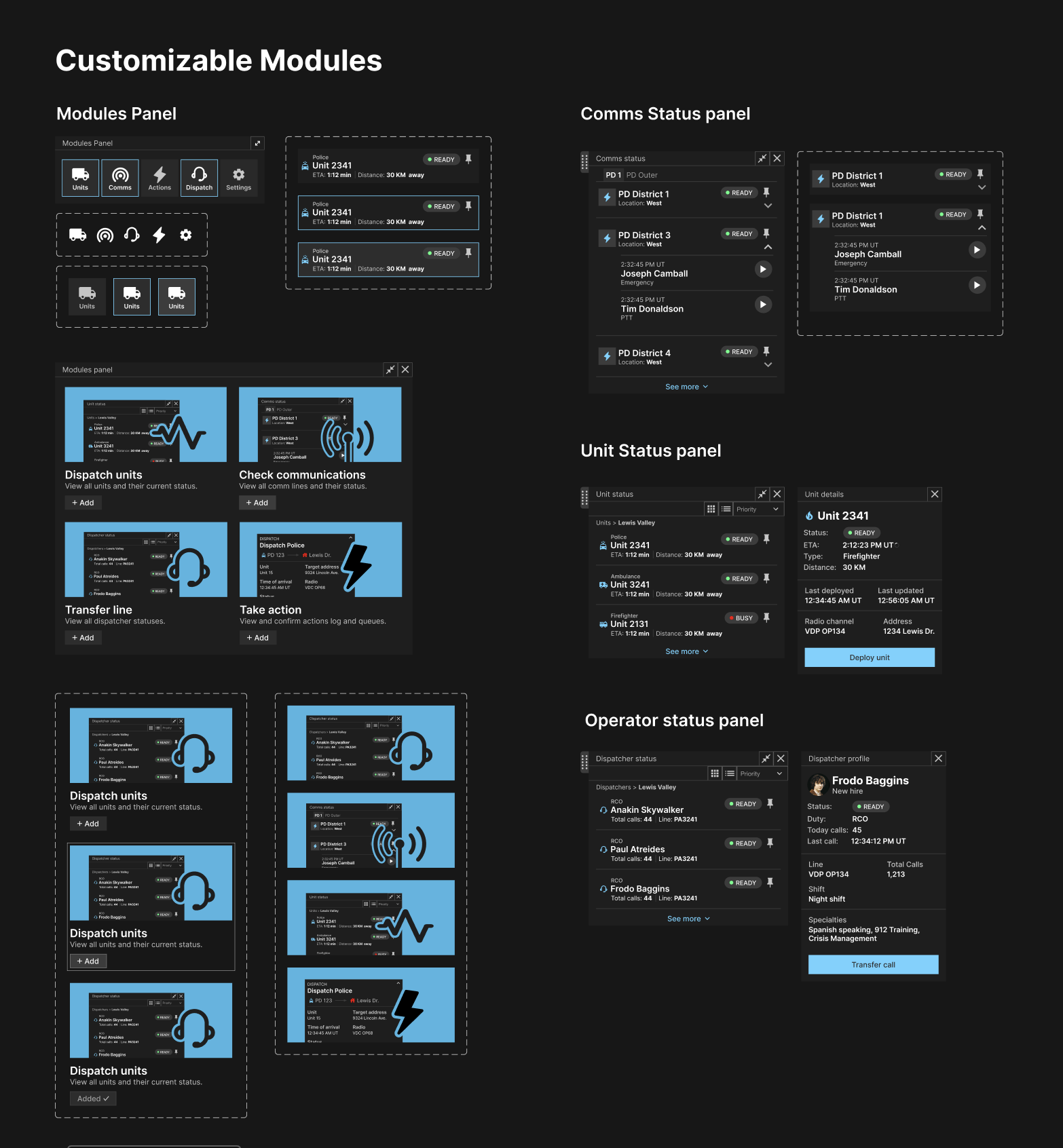Data Processing Pipeline for Live Communication
I re-calibrated the data management system from
Postgres to Redis to handle real-time calls. Research
indicated that speedy communication is crucial. The technical handling of live calls has
significant impact on user experience and enabling a
scalable architecture.
I re-evaluated and re-programmed the codebase to address the
inefficiency with Postgres.

Predictive Analytics for Event Forecasting
I programmed a Machine Learning Pipeline with historic call data
(sourced from online call datasets) to recommend actions, live
script messages, and forecast high volume call periods. I trained
a model with
Long Short Term Memory (LSTM) and the
GPT4 to generate script recommendations.

UI of Data Dashboard that forecasts future call volumes and
provides recommendations

Python code snippet for training the LSTM model on historic call
data
Evaluating Model Performance
I developed benchmark tests to evaluate the
comparative efficiency of a sequential model vs parallel
processing. Since the speed of data processing directly impacts the way
information is consumed by the user and the response time (a core
business metric), this exercise gave extra context for the design.
Benchmarking OpenAI GPT4 Model
Measuring latency of a single input prediction.
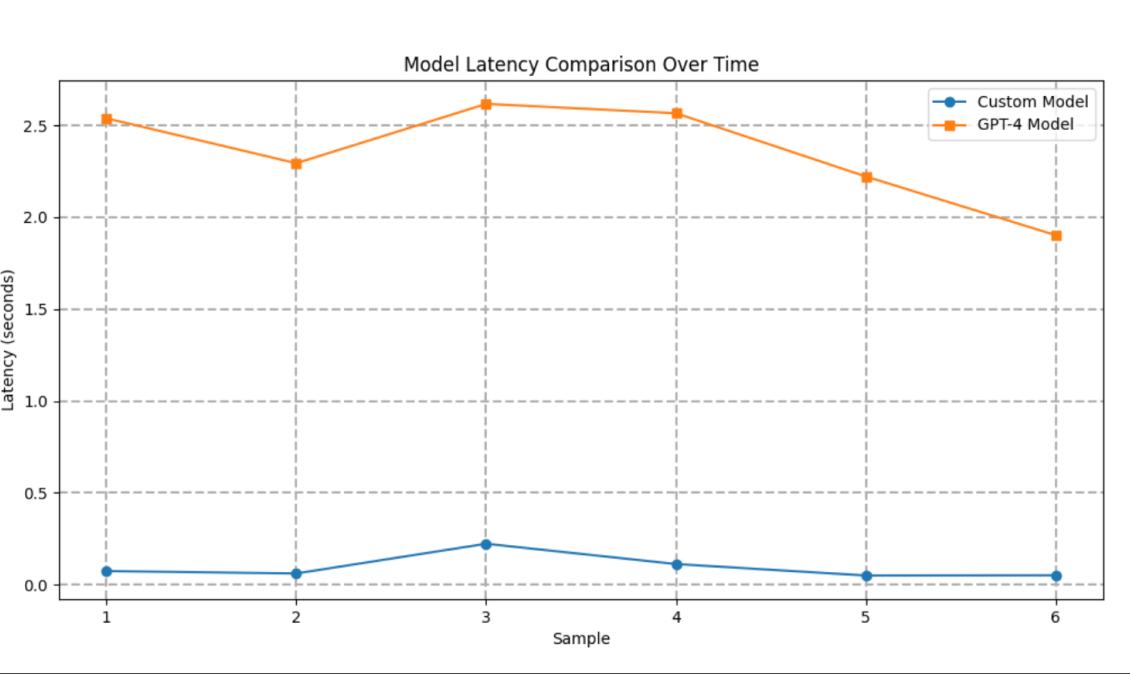
Graph visualization of latency between the sequential model and
GPT4
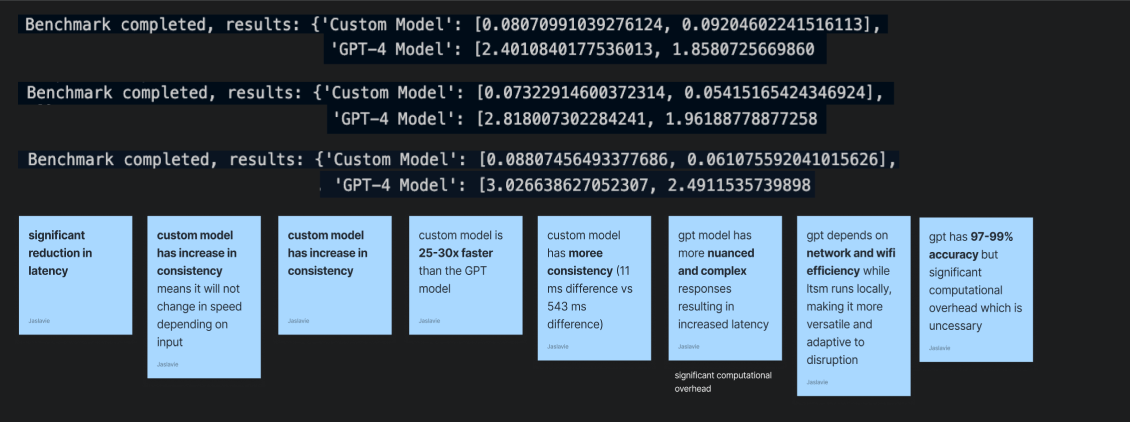
Terminal output of the benchmark testing
Benchmarking Mistral LLM Model
Large Language Model used for Complex Natural Language Tasks.
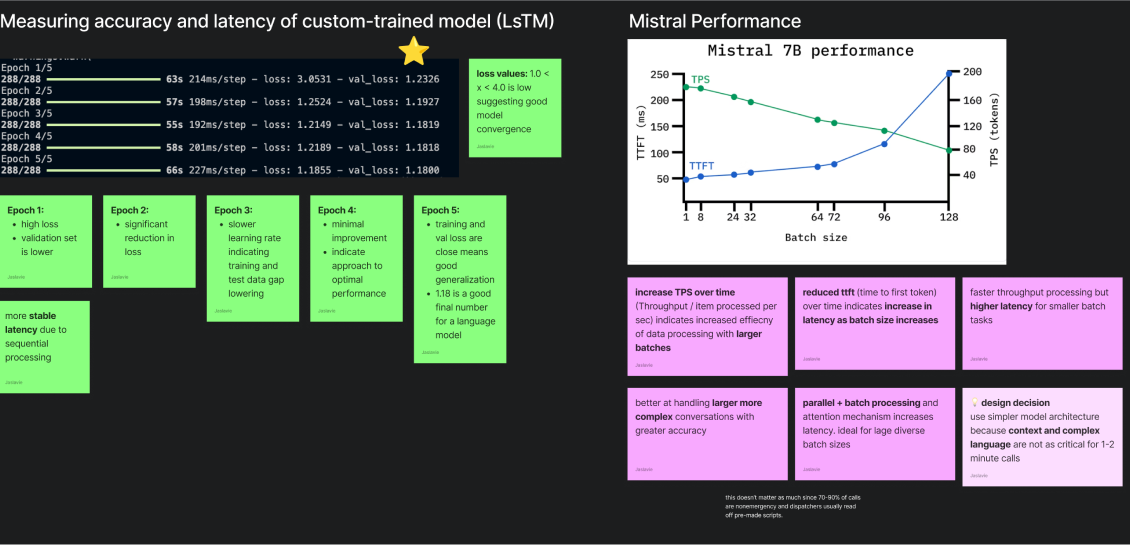
Analyzing the latency between the Mistral LLM and GPT4
Verdict
Caller scripts are streamed sequentially in real-time. Thus, LTSM
is ideal for simpler non-emergency calls with
limited computational overhead and faster response times.
Latency: LTSM has more consistent latency. Mistral
increases latency proportional to batch size
Accuracy: Mistral is ~13% more accurate than LTSM,
however the latency is less consistent
TRADEOFFS
Translating Technical Insights to Design Decisions
I evaluated the technical and design trade-offs of
implementing a simpler, LSTM algorithm and
corresponding design decisions based on user and business goals.



